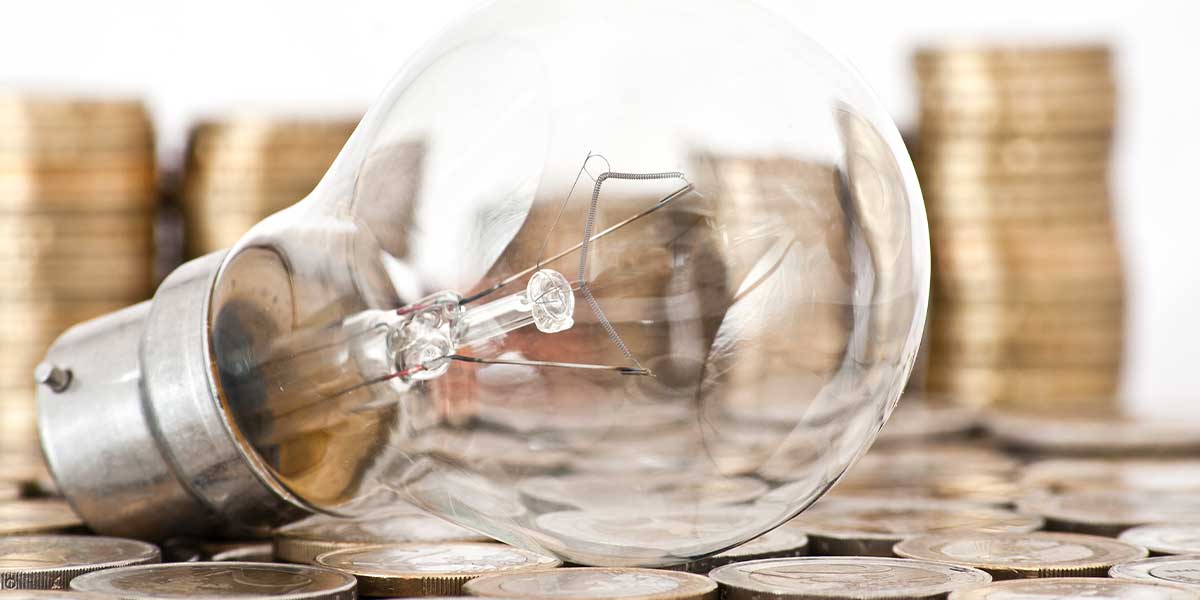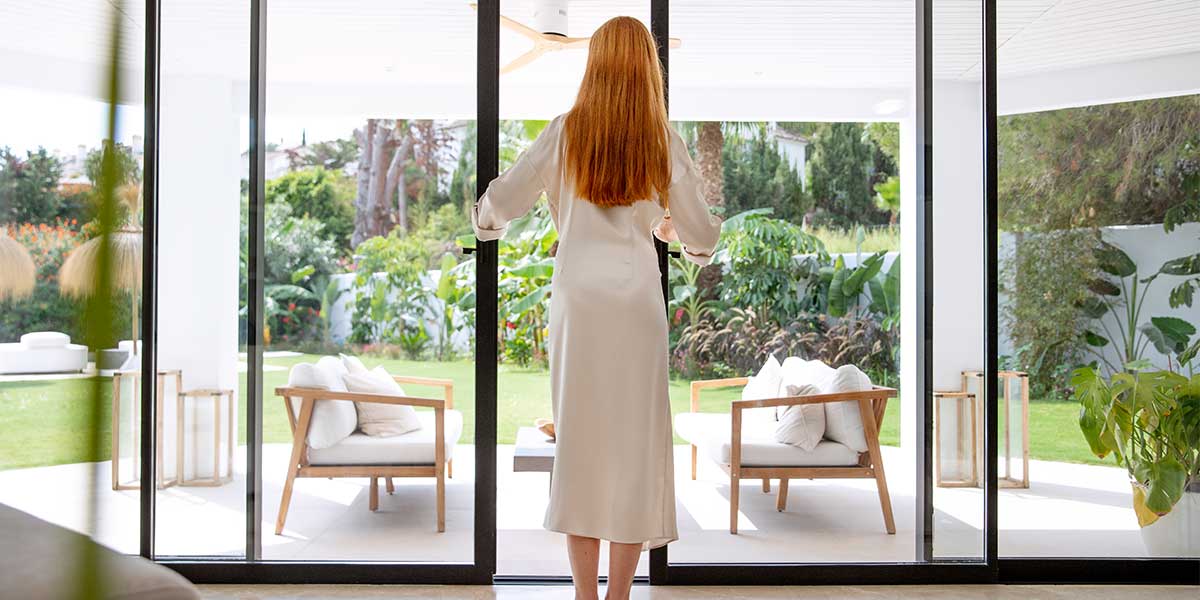There are countless devices in your home that silently draw power every day, and while some electricity use is unavoidable, many homeowners are surprised at how much money is wasted due to inefficient habits, outdated systems, or simply a lack of awareness. If you’ve noticed your utility bills climbing, you’re not alone. Energy costs are rising across Canada, making it more important than ever to find practical ways to manage usage without sacrificing comfort.
At Expert Electric, we’ve worked with homeowners across the Lower Mainland for decades, helping families take control of their energy consumption. We know first-hand how stressful a high electric bill can be, which is why we’ve put together this detailed guide on how to reduce electrical costs for your home. By combining smart technology, efficient products, and better daily habits, you can start saving money right away, while also creating a more eco-friendly household.
Why Reducing Electrical Costs Matters
Cutting your electrical costs isn’t just about lowering your bill at the end of the month, it’s about long-term savings, sustainability, and even increasing the value of your home. Here’s why it matters:
-
Financial Relief – Even small reductions of 10–15% on your bill can add up to hundreds of dollars annually.
-
Environmental Impact – Using less electricity means reducing greenhouse gas emissions, especially if your utility relies on fossil fuels.
-
Home Comfort – Energy-efficient upgrades often lead to a quieter, more consistent, and more comfortable living environment.
-
Future Proofing – Energy prices are unlikely to drop. By investing in efficiency now, you protect yourself from future increases.

7 Proven Ways: How to Reduce Electrical Costs for Your Home
1. Install Efficient Lightbulbs and Light Fixtures
Lighting typically accounts for 10–15% of household energy use. Traditional incandescent or fluorescent bulbs waste energy as heat, while LED bulbs are up to 80% more efficient.
Why LEDs are better:
-
Use less electricity for the same brightness.
-
Last up to 25,000 hours (compared to ~1,000 for incandescents).
-
Available in warm, cool, and daylight tones to fit any room style.
Bonus Tip: Maximize natural light by rearranging furniture near windows and using lighter paint tones to reflect sunlight. Doing so reduces your reliance on artificial light during the day.
2. Upgrade to a Programmable or Smart Thermostat
Heating and cooling systems often represent the largest share of home energy costs, up to 50% of your bill. Without proper control, HVAC systems run longer than needed, wasting money.
Benefits of smart thermostats:
-
Learn your schedule and adjust automatically.
-
Can be controlled from your smartphone.
-
Reduce heating/cooling when you’re asleep or away.
Studies show homeowners save 10–15% annually on heating and cooling after installing a smart thermostat.
3. Improve Your Windows and Insulation
Poor insulation and drafty windows force your furnace or AC to work harder. This not only raises energy bills but also makes your home uncomfortable.
Energy-efficient upgrades include:
-
Installing double- or triple-pane windows.
-
Adding attic insulation to prevent heat loss.
-
Sealing air leaks around doors and windows.
Though upgrades require upfront investment, they typically pay for themselves in 5–10 years while adding long-term property value. For more information on home efficiency rebates and recommendations, visit Natural Resources Canada’s Energy Efficiency guide.
4. Use Cold Water Whenever Possible
Heating water consumes a significant amount of energy. Washing clothes in cold water instead of hot can cut energy use by up to 90% per load without affecting cleanliness.
Extra benefits:
-
Extends clothing life by preventing shrinkage and fading.
-
Works perfectly with today’s detergents designed for cold water.
-
Reduces wear and tear on your hot water heater.
Also consider taking shorter, cooler showers and installing low-flow showerheads to reduce both water and heating costs.
5. Unplug Idle Electronics and Use Smart Power Strips
Did you know many devices continue to draw power even when turned off? This “phantom load” can account for 5–10% of your total electricity use.
Devices like TVs, gaming consoles, and microwaves are common culprits. To fix this:
-
Unplug unused electronics.
-
Use smart power strips that automatically cut power to idle devices.
-
Group electronics by use (e.g., entertainment systems) so you can shut them off with one switch.
6. Maintain and Upgrade Appliances
Older appliances, even when functioning, often consume twice the energy of modern Energy Star® certified models. Upgrading appliances such as refrigerators, washers, dryers, and dishwashers can dramatically reduce usage.
Pro Tip: When buying new appliances, check for the EnerGuide label in Canada or Energy Star® rating for guaranteed efficiency.
7. Consider Renewable Energy Options
If your budget allows, investing in renewable energy can drastically lower long-term costs. Options include:
-
Solar Panels – Offset a portion of your household electricity.
-
Solar Water Heaters – Reduce hot water heating costs by up to 70%.
-
Home Battery Storage – Store energy during off-peak hours for later use.
While these require higher upfront costs, many government rebates and tax incentives can reduce installation expenses.

Frequently Asked Questions (FAQs)
1. What is the most effective way to reduce electrical costs at home?
Installing a smart thermostat and upgrading to LED lighting are two of the most impactful and affordable first steps. Combined, they can save you hundreds of dollars annually.
2. Do smart power strips really save money?
Yes. By cutting phantom power draw from idle devices, they can reduce your overall electricity consumption by 5–10%.
3. Is it worth replacing my windows to save on energy bills?
Absolutely. Energy-efficient windows reduce heating/cooling needs, improve comfort, and lower bills. While the upfront cost is high, they pay off in energy savings and resale value.
4. How much can I save by switching to cold water laundry?
Depending on your household size, you can save up to $200 annually on electricity while also protecting your clothes.
5. Should I hire a licensed electrician to install energy-saving devices?
Yes. Professional electricians ensure that installations, like smart thermostats, lighting, or solar panels—are safe, code-compliant, and optimized for efficiency.
Final Thought
Learning how to reduce electrical costs for your home doesn’t require sacrificing comfort. By combining smarter daily habits with upgrades like LED lighting, better insulation, and smart thermostats, you can take control of your utility bills and enjoy long-term savings. Even small changes, like washing clothes in cold water or unplugging idle electronics can add up over time.
At Expert Electric, we believe every home deserves to be safe, efficient, and comfortable. Whether you’re looking to install energy-saving technology, upgrade your wiring, or explore renewable options, our licensed electricians are here to help.
Contact Expert Electric
Ready to take the next step toward reducing your energy bills? Contact us today.
📞 Call Us: 604-681-8338
📧 Email: info@expertelectric.ca
Our team is always happy to provide advice, install new systems, or inspect your home for energy efficiency improvements.


